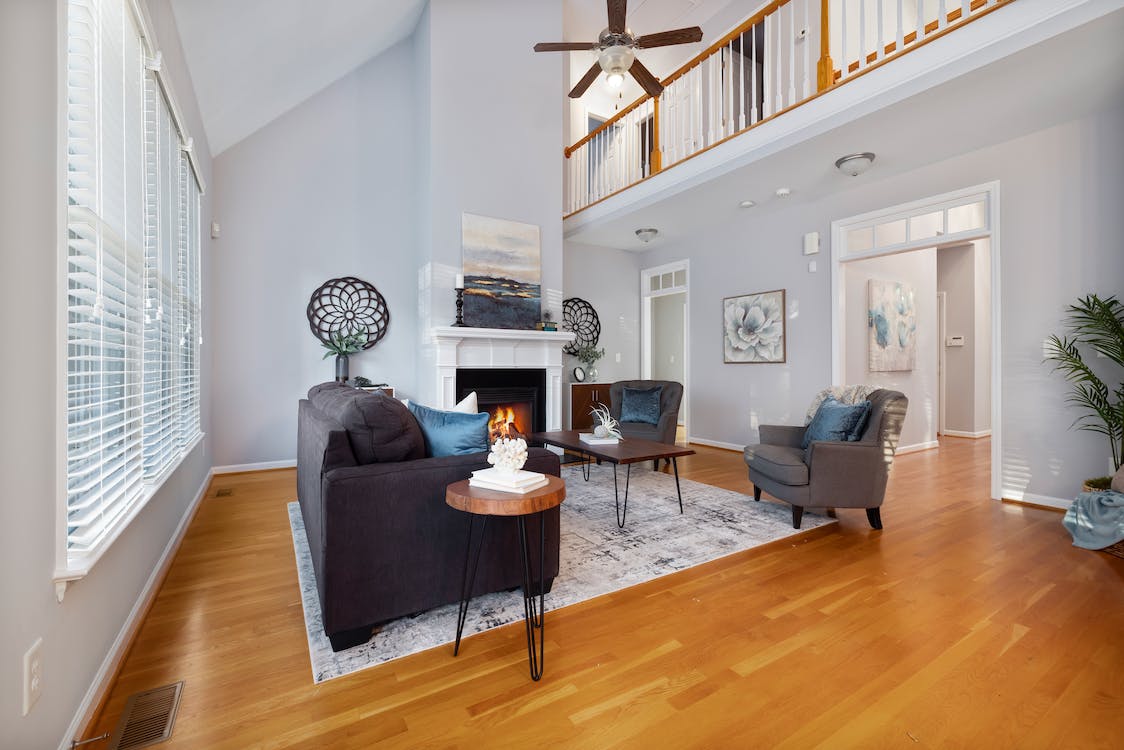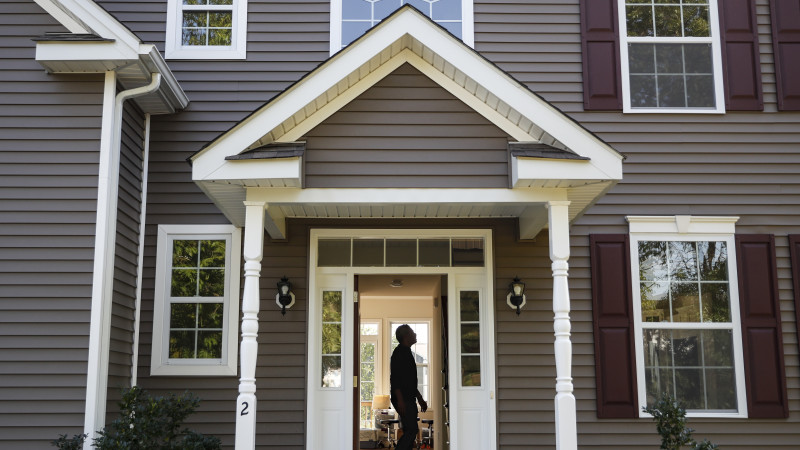You are aware that living space and working space serve quite different purposes. The needs, budget, and size play a significant role in determining the scope of both residential and commercial interiors. The possibilities for personalized furniture in residential interior design are vast.
The number of rooms in a home or apartment must often be planned for and allocated space in Singapore’s residential interiors. It consists of glitzy and glam decorations, soft furnishings, and ravishing furniture designs.
Commercial interior design, however, has a distinct market. It serves a diverse and upscale variety of establishments, including hotels, restaurants, and corporate organizations.
Interior design for businesses and homes typically differs from one another. Let’s examine what distinguishes business interiors from domestic interiors and how to tell them apart.
Interior decorating for residential spaces:
A residential complex can be a 1/2/3-BHK apartment, duplex, bungalow, villa, farmhouse, penthouse, or even a condo. You should employ an interior designer who can make the spaces livable because, as you may know, they are locations where people live.
Direct interaction with a local interior designer is made available. Every design component will take your preferences into consideration. You may choose the size of your bed, the extravagantness of the chandelier, the poster in the living room, as well as the color of your walls. The interior design will gather your own items for a beautiful aesthetic effect. Only you will be able to choose the overall calming and welcome decor.
Since all of these fields need knowledge and experience in the industry, the top architects in Singapore specialize in one or both of these areas. You may select the bookshelf’s design idea or the cabinet’s partition style. You have unlimited flexibility as a homeowner to design your home whatever you like, with no regard for efficiency or cost.
Singapore’s residential interiors include condos, mansions, cottages, and expansive estates.
To create stunning designs, such as modern or even eco-friendly interiors that represent the customer’s personality and style, designers carefully collaborate with client demands and tastes. Unlike commercial places, every room in the building has been thoughtfully designed to accommodate residents’ requirements for cooking, bathing, sleeping, and entertainment.
Making efficient and cozy living areas for the family is the main focus of the home interior design. It is created for a certain niche of individuals, especially kids. With furniture and appliances that reflect your preferences and interests, residential designers create a calm ambiance where you may unwind, dine, and cook.
Most interior designers have traditionally concentrated on selecting the color scheme and furniture that match it. This has become a much larger feature, though, as modernity and ingenuity have grown. Residential projects frequently entail the creation of new areas, the refurbishment of existing ones, and the addition or removal of walls. This also entails updating the furnishings, installing cutting-edge appliances, and adding electrical devices. The topic of interior design now also involves choosing where to put windows and pathways.
The customer may choose the best interior design company to assure rapid implementation by understanding the distinction between commercial and residential. In all facets of work, experience, adequate facilities, and skillful labor make a significant difference.
Residential interiors just need a few months for planning and implementation; however commercial interiors may need a longer period depending on the project’s size. Also, you can prefer platform lifts that make your commercial place more modern and luxurious.
Interior design for commercial spaces:
Commercial interiors comprise big, medium, and small-scale commercial buildings including hotels, banks, and other business establishments. Commercial designs, in contrast to residential designs, hold a variety of their own with unique structures and criteria.
Each type of company, including retail stores, hospitals, restaurants, hotels, and shopping malls, has interior designers that specialize in that particular industry. Commercial designs incorporate distinctive strategic, practical, and eye-catching characteristics inherent to the type of business since each business organization has a particular purpose.
To be more exact, commercial designs have a broader framework and more intricate design elements to better meet the demands of the general population. Additionally, planning and building office workspaces for businesses is included in commercial interiors.
The purpose of interior decoration is the first obvious distinction between home and business design. An interior designer in a business facility must consider the demands of the many rather than just one person. Every employee or visitor must have a desk that is the right height, and the overall design should be relaxing to a large number of people. A customer is no longer a person but a brand. The demand shifts from comfort and warmth to effectiveness and productivity.
In business environments, custom furnishings have a restricted application. Yes, a business owner may decide to have bespoke chairs made, but doing so is typically not economical for the enterprise. A few particular industrial design templates are also used by the majority of commercial interior designers since they have been shown to increase productivity.
Your grocery shop, office space, restaurant, or school’s interior is designed by a commercial interior designer. Commercial designing encompasses all business sectors, including hospitals, theaters, clubs, museums, sports facilities, and any other business-related area.
What are the most common differences?
Although the process of designing is the same for both commercial and residential buildings, designers construct commercial spaces with complex infrastructure components to guarantee operation, safety, and aesthetics.
A hotel needs to be able to accommodate a specific number of visitors at any one time to be profitable. But to fill rooms, the hotel must provide a per-grade amenity that appeals to customers.
Commercial interior designers must always create provisions for the opulent facilities that dazzle, whether it be in the lobby, guest rooms, or opulent restrooms.
The key takeaways may be succinctly summarized as follows:
Residential interior design:
- Intended for usage in houses, flats, bungalows, farms, and other buildings
- Interior design’s main component is personalization
- The architect has direct contact with the property owner
- The focus is on custom furniture
- Luxury and comfort are crucial design criteria
- Kitchen design, garden design, master bathroom design, and more subspecialties are available
- There is no specific template offered. To create a cozy atmosphere, several design categories might come together
Commercial interior design:
- Intended for use in offices, restaurants, malls, general stores, and other places
- All other design components must pale in comparison to productivity
- Because the client is not a person, branding is crucial
- Cost-effectiveness is aided by furniture sold in mass markets
- The design criteria include trustworthiness and easy business flow
- Design for mall food courts, independent shops, chain restaurants, and other subspecialties are available
- Certain design templates support branding and commercial efficiency
Conclusion:
The breadth of residential and business interior design is one of the main distinctions. The planning and creation of domestic spaces is the subject of residential interior design. Apartments, condominiums, and private dwellings fall under this category.
On the other side, the commercial interior design focuses on the planning and creation of commercial or company areas. Therefore, it follows that commercial interior design typically has a broader scope.
During residential interior design, clients frequently express their demands and preferences in great detail. To suit the demands of the customer, it is the responsibility of the interior designer to collaborate closely with the architect from the outset.
The homeowner should be pleased with the customized living area that the interior designer produces. Even though it is difficult, this is not as difficult as commercial interior design.



